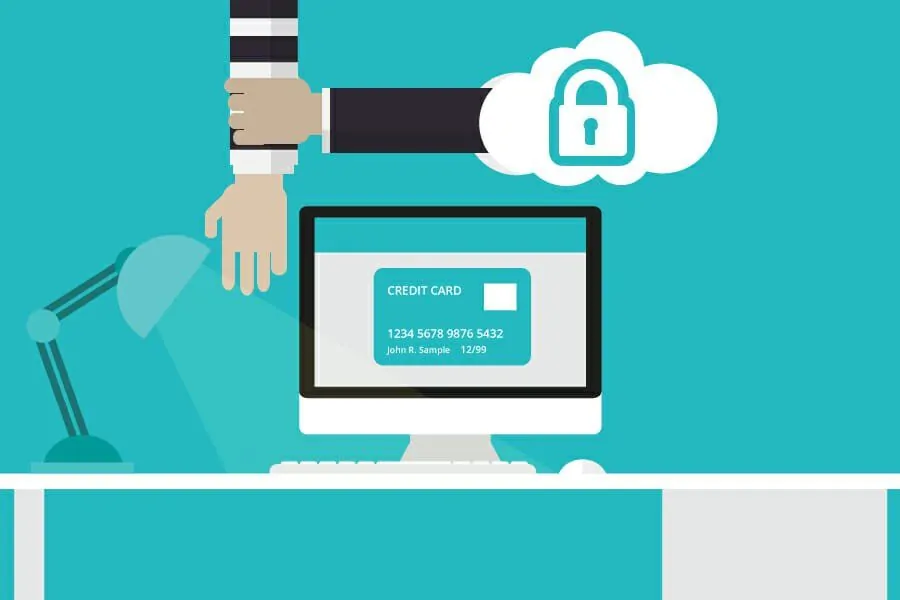When it comes to website platforms, few compare to the flexibility, functionality, and customization possibilities offered by WordPress. That’s why it is the world’s leading CMS, and it is also one of the leading platforms for e-commerce companies, too. However, for all that, it does suffer from some security vulnerabilities. Understanding the most common security threats to your website will help you build your defenses and limit the potential for an attack to be successful.
Table of Contents
You Cannot Eliminate the Threat of an Attack
Before we go too far, let’s address a widely-held misconception. While understanding common security threats to WordPress does improve your security, there is no way to eliminate the threat of an attack. You’re at risk for an attack by simply owning and operating a website. It’s as simple as that.
Business size, niche served, and other factors have no effect on whether or not attackers ‘ll target you. Most website owners, mainly if you run an online business, will be attacked at some point even if you don’t realize it. So, prepare for that reality. Don’t believe that your small size will protect you.
Inherent Weaknesses

While WordPress offers pretty robust protection against attacks out of the box, nothing is perfect. There are a few key areas vulnerable to exploitation, and you must understand these, as the website owner.
Core WordPress Code – WordPress suffers from a few core vulnerabilities, just as any other platform does. Those are addressed through regular core updates, though. Keep your website up to date.
Themes – WordPress allows you to install a theme to give your site a look and feel you want, as well as the functionality that you need. However, these themes can become security risks. The best defense here is to ensure you’re using an idea created by a reputable developer. You aren’t required to pay for a premium theme, but it does help.
Plugins – The single most significant inherent risk to your website comes not from core code vulnerabilities or themes, but from the plugins that you use to add features and functionality to your site. One study found that 52% of WordPress security vulnerabilities stemmed from poorly coded plugins.
Now that we’ve covered those weaknesses, we can address some of the more common security threats your WordPress site faces and help you understand what can be done to mitigate them.
Brute Force Attacks

Ok, so the single most common threat you’ll face is a brute force attack. Chances are good you’ve already had one, even if you don’t know about it. What is this type of attack? It’s simple – a bot (a human attacker rarely targets you) visits your website’s login page and then continually makes guesses to find the right combination of username and password. Once the correct combination has been found, the bot gains access to all areas of the site that the compromised account has, and can also begin infiltrating other areas. The fix? It’s also simple.
Creating strong passwords that cannot be guessed is the best defense against this type of attack. It’s also essential that your users not use the same password they use for other accounts. What’s a secure password, though? It’s something that cannot be easily guessed, usually a combination of two or three words, combined with upper and lowercase letters, numbers, and special characters like $ and *.
Other ways to address the risk of a brute force attack include using two-factor authentication – available through WordPress security plugins, limiting what areas of the site accounts have access to, and more.
File Inclusion Exploits
Attackers seek access to your site’s most important files, and your wp-config.php data is perhaps one of the most critical data in your entire site. Attackers can use file inclusion exploits to gain access to it. Code vulnerabilities allow an attacker to load remote data that provide access to this file, as well as to other areas of your website. Managing file permissions is one of the best ways to limit your risk here.
Spam
You might think of spam comments as mere nuisances, the but the truth is more sinister. Spam in the form of blog comments and contact forms can leave links to infected sites. This affects you, your employees, your website visitors, and even your site speed and ranking in the SERPs. Control comments and forms to reduce the chance of spam.
SQL Injections
When it comes to websites, particularly e-commerce sites, your database is one of the most frequently targeted assets. That database is a treasure-trove of information, including business data, customer financial data, customer personal information, and more. Attackers can sell this information to others, or use it on their own to steal identities. SQL injections are used to gain access to your database, and can even be used to inject new information into your existing database, such as links to malicious/dangerous websites. The best way to defend against this type of attack is to ensure that your database is segregated and that you use a different database for every website that you operate.
These are just some of the most common security threats WordPress website owners threats. Others include cross-site scripting and the installation of malware, which is often done surreptitiously through themes and plugins.
The good news is that WordPress can be protected with the right tools and the realization that you can be targeted no matter how large or small your site might be, and no matter what niche your site might serve.
Using core code scanners, malware scanners, and auto fixing software helps ensure that you reduce your risk while providing the means to repair any damage done by an attacker quickly and easily.



